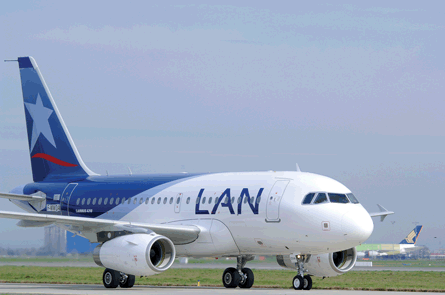Pratt & Whitney and German partner MTU Aero Engines are holding out for a revival in the fortunes of the PW6000 despite having failed to attract any orders since delivering the last of 34 engines for sole customer Lan Airlines of Chile.
The PW6000 is offered as an alternative to the CFM56-5 to power the smallest Airbus airliner, the A318, which is a double-shrink of the best-selling A320 narrowbody. MTU assembles the turbofan in Hanover, Germany and manufactures its high-pressure compressor and low-pressure turbine.
"We are keeping the line in standby mode, because the engine is really good and no-one can rule out it becoming successful tomorrow," says Anton Binder, MTU executive vice-president commercial programmes. "It will be on standby as long as Airbus is offering the A318," he adds.
 |
|---|
© H. Gousse/Airbus |
The PW6000 powered the A318 on its maiden flight in January 2002, but the first delivery was not made to Lan until early 2007, after P&W was forced to replace the original five-stage high-pressure compressor with a six-stage design supplied by MTU as a result of performance issues.
Following the lengthy service-entry delay, the engine has been hampered by low sales of the A318 in general - Airbus has sold just 83, of which 72 have been delivered. However, Binder says the "major blow" is that the engine was designed to offer ultra-low maintenance costs rather than minimum possible fuel consumption, which has lessened its attractiveness in the face of rising fuel costs.
"If there is an order we can do it in a certain timeframe, but I do not see significant demand on the A318, as it is at the low end of the A320 family and is now fought by the regionals and [Bombardier] CSeries," says Binder.
P&W says the PW6000 is "performing well" in service and demonstrating a dispatch reliability of "about 99.97%".
The US company adds: "While the market for the A318 has been smaller than expected, the lifecycle of an engine programme is measured in decades, and it is too early to measure the total success of the PW6000. The PW6000 also allowed us to develop new technologies and design processes that can be used in future products."
Source: Flight International























